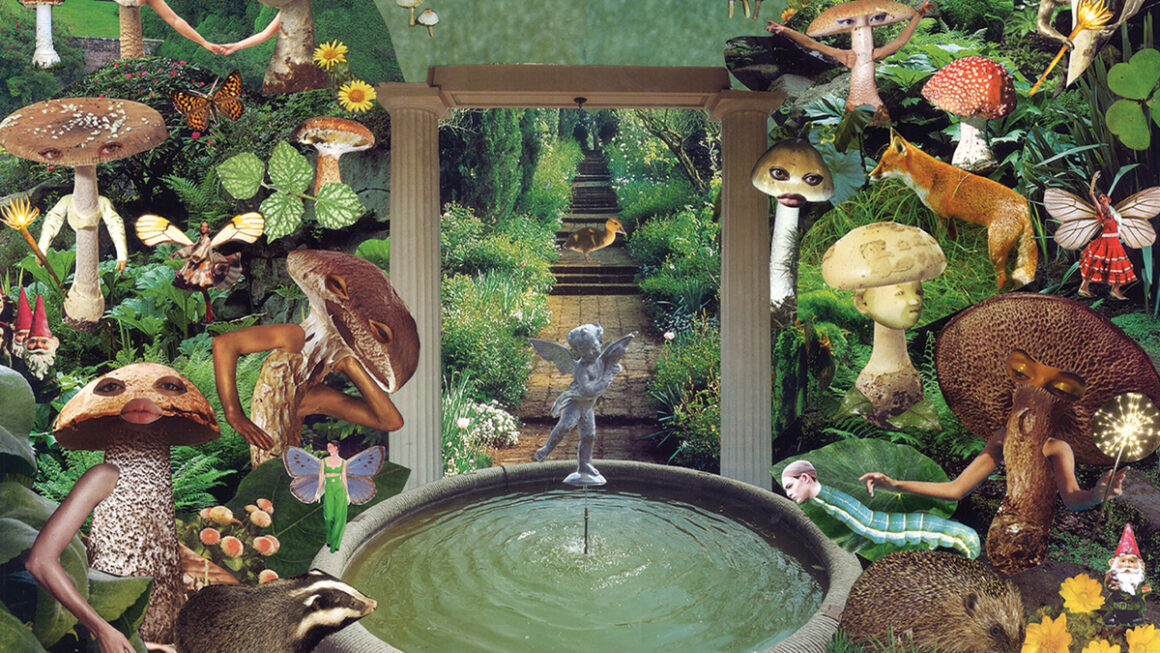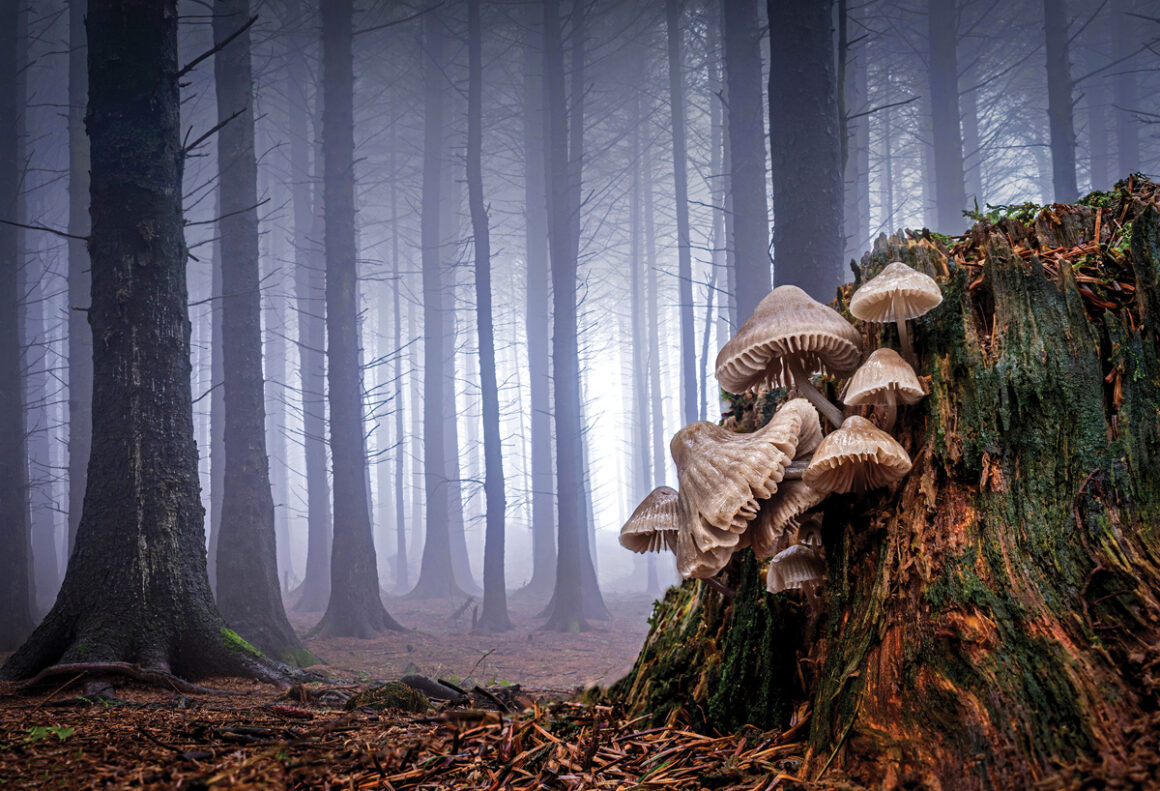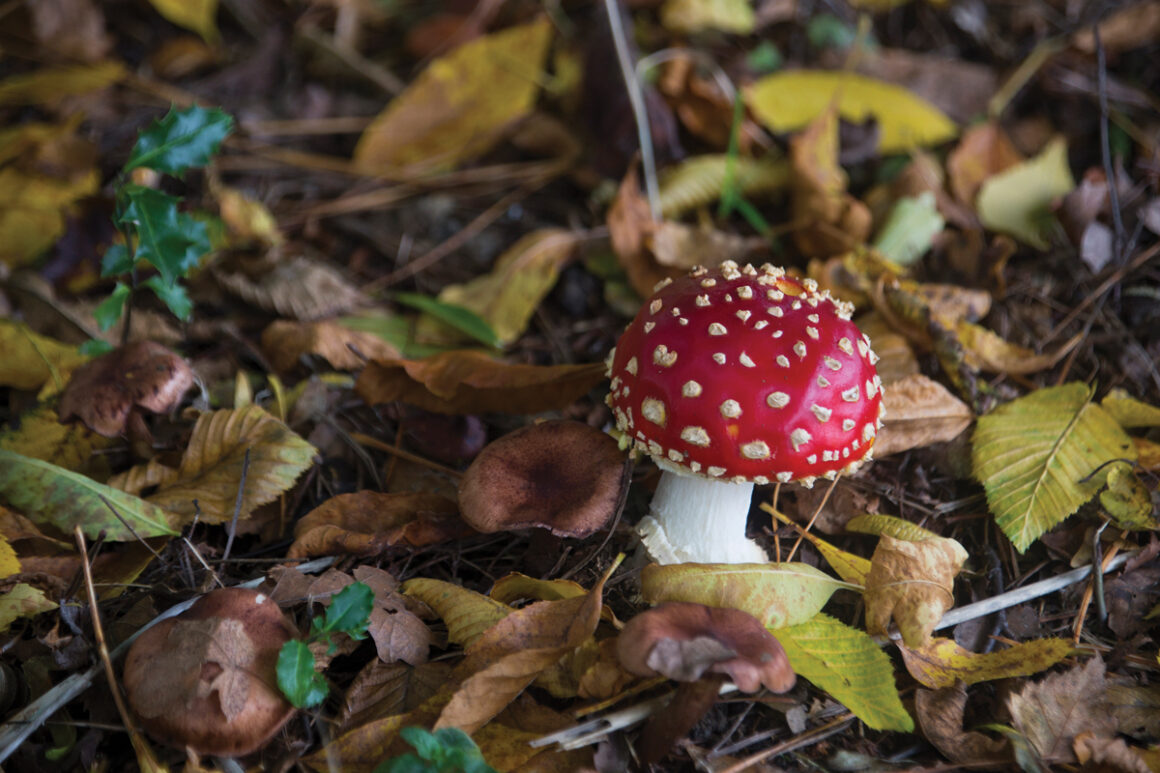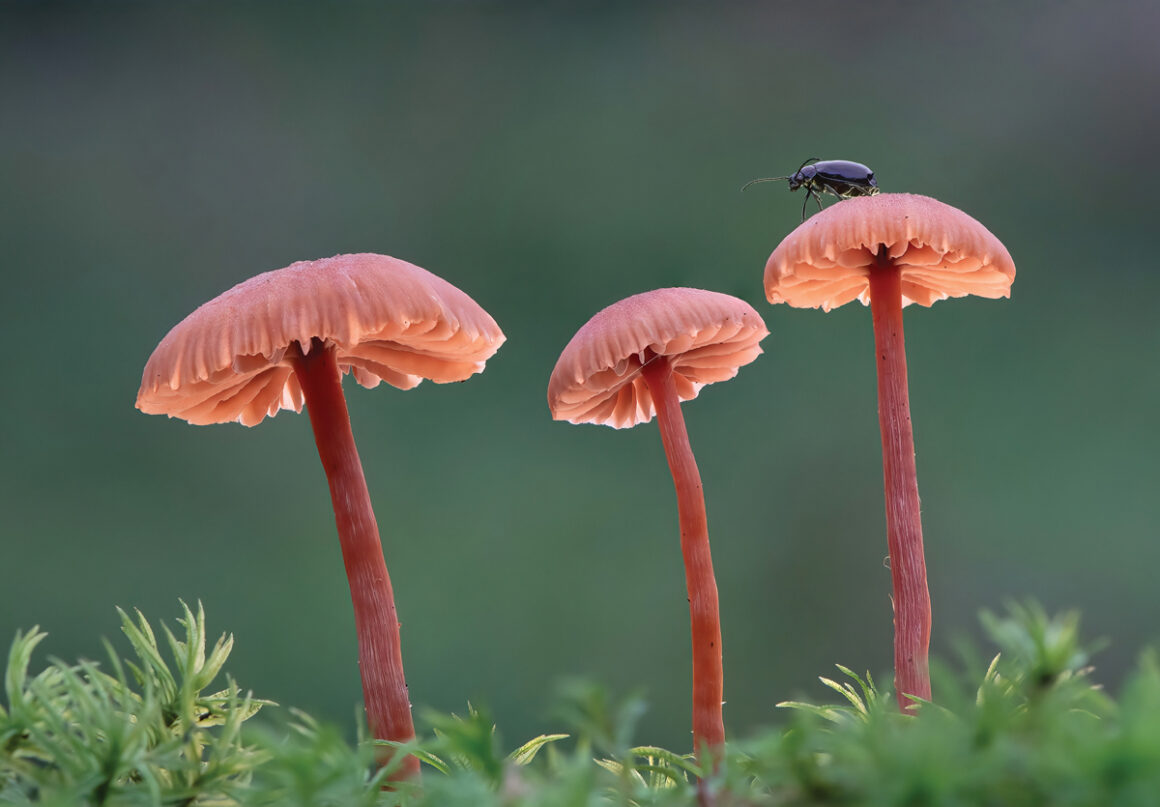Fungi Festival at Emmetts Garden
Emmetts Garden in Kent launches its first ever Fungi Festival this autumn, from Saturday 1 October to Sunday 30 October. With the changing seasons, and the mists beginning to rise from damp ground, this is a great time of year for enriching experiences and new discoveries. See the natural world beneath your feet in a completely different light at this exciting new festival.
Emmetts Garden Fungi Festival Poster crop. © Seana Gavin
Over five weekends in October, Emmetts’ beautiful Edwardian garden will be packed with activities, workshops, talks, giant installations, and imagery all about these curious lifeforms. The festival kicks off with a two-day market on the opening weekend where makers and craftspeople will be selling their products, all themed around fungi. From jewellery and prints to wooden sculpture and ceramics, there’s sure to be something to tempt you. Don’t miss the wood-fired pizza van or go traditional with a visit to the National Trust café.
The magic and beauty of our native fungi are brought to life by two artists, whose work will change the way you see fungi. Get up close and personal with the macro photography of Tony North, who beautifully captures their ethereal nature and intricate details. In contrast, the artist Phyllis Ma’s work brings a psychedelic twist, with arresting bold colours and compositions that put fungi in the spotlight.
Common Bonnets Mist– ©Tony North
Immerse your senses in the woodland world that fungi inhabit by joining one of our workshops. Join field recordists and sound artists Nick Luscombe and Robin The Fog at a listening and playback installation, where you’ll hear a variety of sounds from around the garden, including the frequencies of the mushrooms themselves. Seven of these soundscapes will then be available to listen to via QR codes across the garden. Relax and rejuvenate as you take part in forest bathing, led by specialist facilitator Helena Skoog, or take part in one of the mushroom growing workshops and guided photography sessions.
National Trust Images ©Nick Dougan
A programme of expert talks explores the history and purpose of the fungi that live in our gardens and woodland. These include The Visual Culture of Fungi by writer Sukayna Powell, who takes us on a journey from Alice in Wonderland to Hieronymus Bosch, via Edwardian fairies and contemporary art, to look at the long history of toadstools and mushrooms depicted in popular culture.
Ehab Sayed from Biohm, and designer Ninela Ivanova, explore The Radical use of Mycelium as Product. These innovative designers and engineers talk about the creative ways they use Mycelium, the thread-like root structure of mushrooms, as a source of inspiration for new product. From chairs and lampshades, to building materials, our guest speakers utilise intelligent creation of products to educate, communicate, and inspire audiences towards innovation and new futures on a personal, professional, and global scale.
We pick up the pace on a walk and talk with head ranger Fraser Williamson to discuss whether foraging and sustainability are compatible, including the implications of foraging for mushrooms in the British countryside, and the changing landscape of fungal growth in the UK. There will also be a talk by head gardener Ignacio Silva de la Iglesia, together with national soil science consultant Felicity Roos, who will explore whether fungi benefit or hinder our gardens.
Scarlet Waxcap, © Tony North
Fungi have long been associated with magic, myths and legends. But fantasy aside, our native fungi are something quite unique and special. Falling between the gaps in the plant world, fungi are a species in their own right, and have ingenious ways of communicating with each other. The role they play in our ecosystem is also significant, breaking down dead matter and providing a food source for many creatures. It’s fascinating that something so small wields so much power.
With the incredible views over the Weald of Kent, Emmetts Garden is a magical hillside garden containing an important horticultural collection dating from the Edwardian era. Bequeathed to the National Trust in 1964 by then owner, Charles Boise, it is best known today for its banks of bluebells in the spring.




